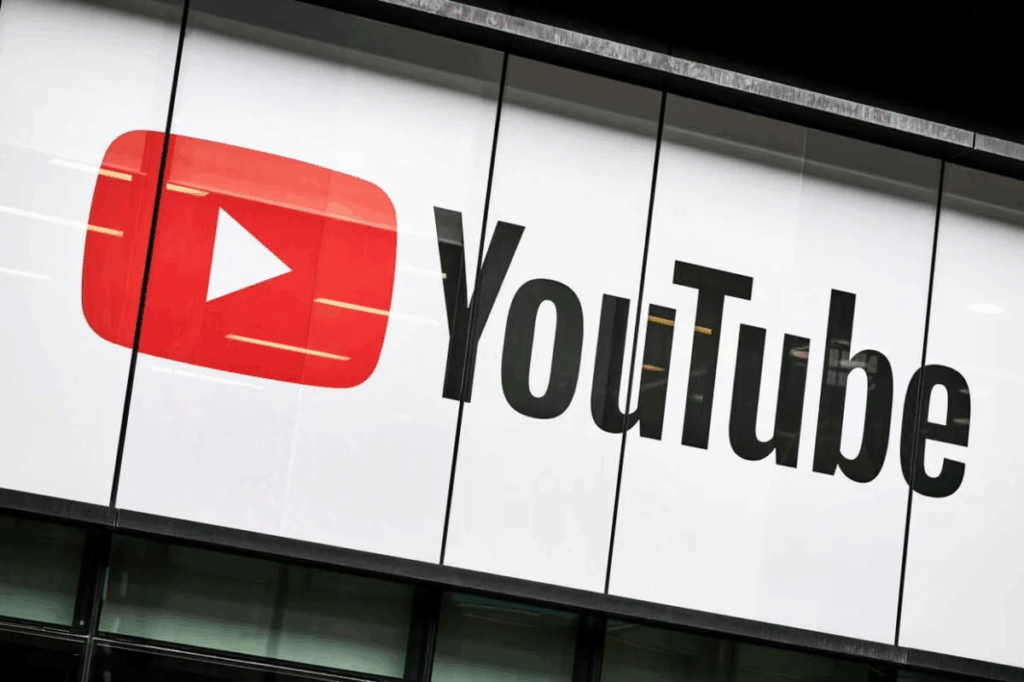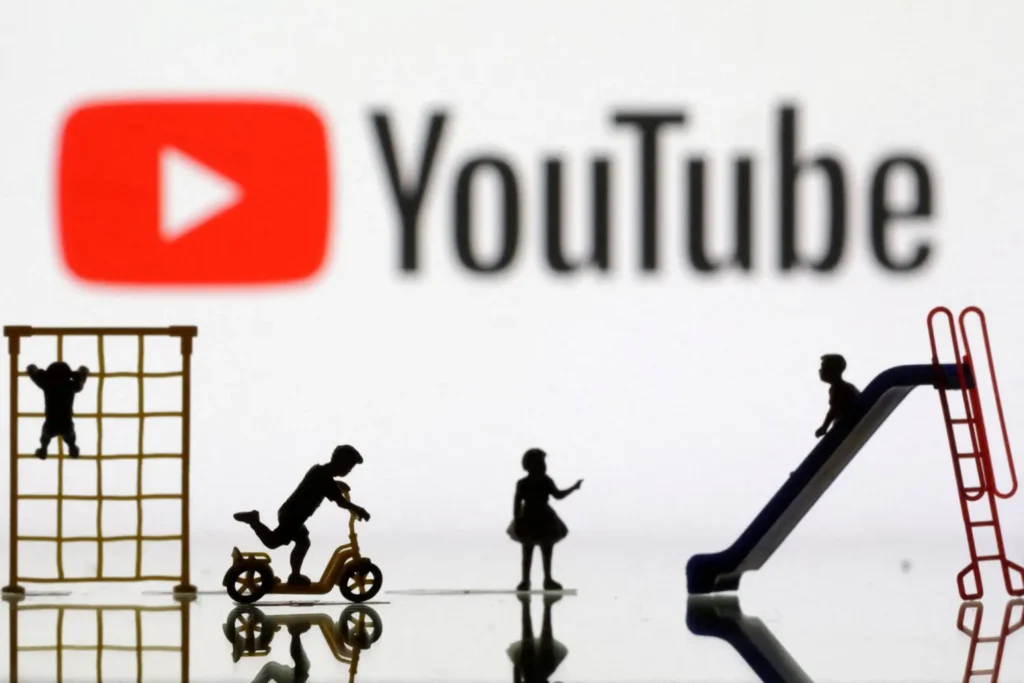YouTube has begun testing its AI Age Verification Tool in the United States, aiming to provide better protection for minors from inappropriate online content and browsing habits.
In a late-July blog post, the Google-owned video platform explained that the technology will infer a user’s age based on various signals—beyond the birth date listed on their account.
Allowing for customized safety features and tailored experiences.
How the AI Age Verification Tool Works
The system analyzes multiple indicators, including:
- Types of videos searched and watched
- Account history and age
If the AI determines a user is under 18, it will automatically apply teen safety settings, such as: - Disabling personalized ads
- Enabling content recommendation safeguards
- Limiting repeated viewing of certain types of videos
Users who believe they were misclassified will be able to prove they are over 18 by submitting an official ID or credit card information.

Previous Trials and Global Expansion Plans
YouTube noted that its AI Age Verification Tool has already been successfully tested in other regions and will gradually expand to more markets worldwide.
The rollout comes amid increasing criticism of major social media platforms.
Including Instagram, TikTok, and others—over concerns about their impact on the mental health of children and teenagers, as well as inadequate safeguards against harmful content and online predators.
AI Age Verification Tool Aligns with Global Trends
Globally, several governments and US states are pushing tech companies to enforce stricter age verification measures.
Recently, Australia banned children under 16 from using YouTube to shield them from what Communications Minister Anika Wells called “predatory algorithms.”
This follows the November 2024 Australian law that prohibited under-16s from accessing platforms like TikTok, X (formerly Twitter), Facebook, and Instagram—although YouTube was initially excluded from that legislation.


